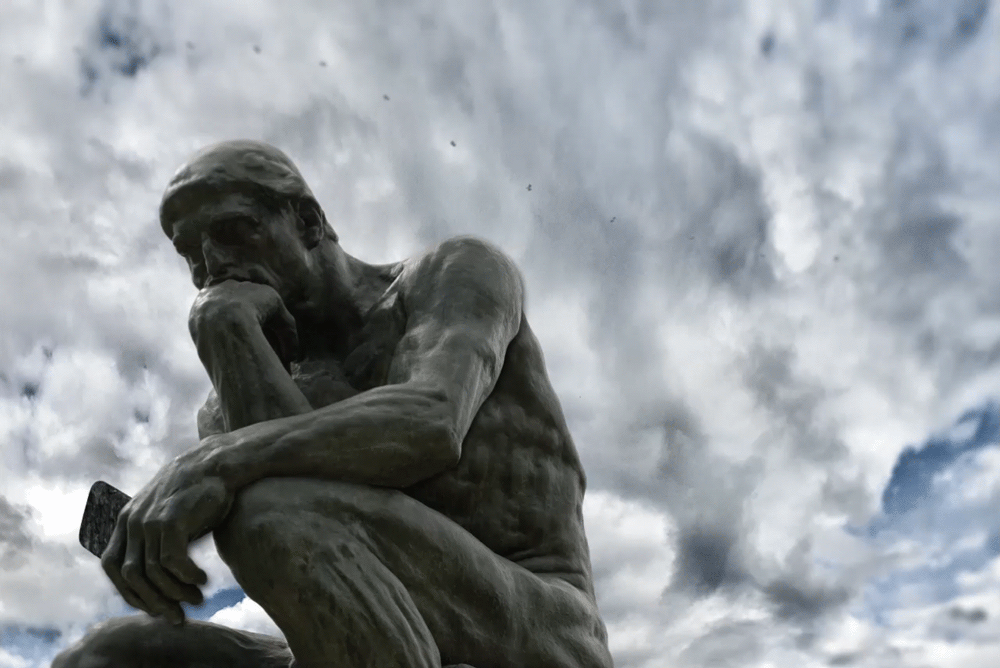It’s hard to remember now, given the attempts to overturn the 2020 presidential election, but the day after votes were cast, one theme stood out — voter turnout.
Every state in the nation saw higher turnout in 2020 than 2016, according to an analysis from the Pew Research Center. Overall, there were more than 158 million votes cast, according to the Federal Election Commission — nearly 22 million more than just four years prior.
Turnout will likely play an outsize role in the 2022 midterms, too, as voters determine what political party will have control of the U.S. House of Representatives and the Senate in January 2023.
As a political scientist who studies the intersection of religion and politics, I am interested in which groups may have a strong impact on the balance of power. And if the data is any guide, there are two key communities political analysts often overlook — atheists and agnostics. Journalists need to be paying attention to these trends, as well.
In 2008, almost 8% of the entire U.S. population claimed to be atheist or agnostic, according to my analysis of data from the Cooperative Election Study, or CES — an annual survey coordinated by a team at Harvard University. Atheists believe that there is no higher power in the universe, while agnostics contend that a higher power may exist but it’s impossible to know for certain.
By 2021, that share had risen to just about 12%. But atheists and agnostics are often left-leaning in their political persuasion, and their rapid ascendance in the American religious landscape is proving much more consequential to the Democratic Party than the GOP.










